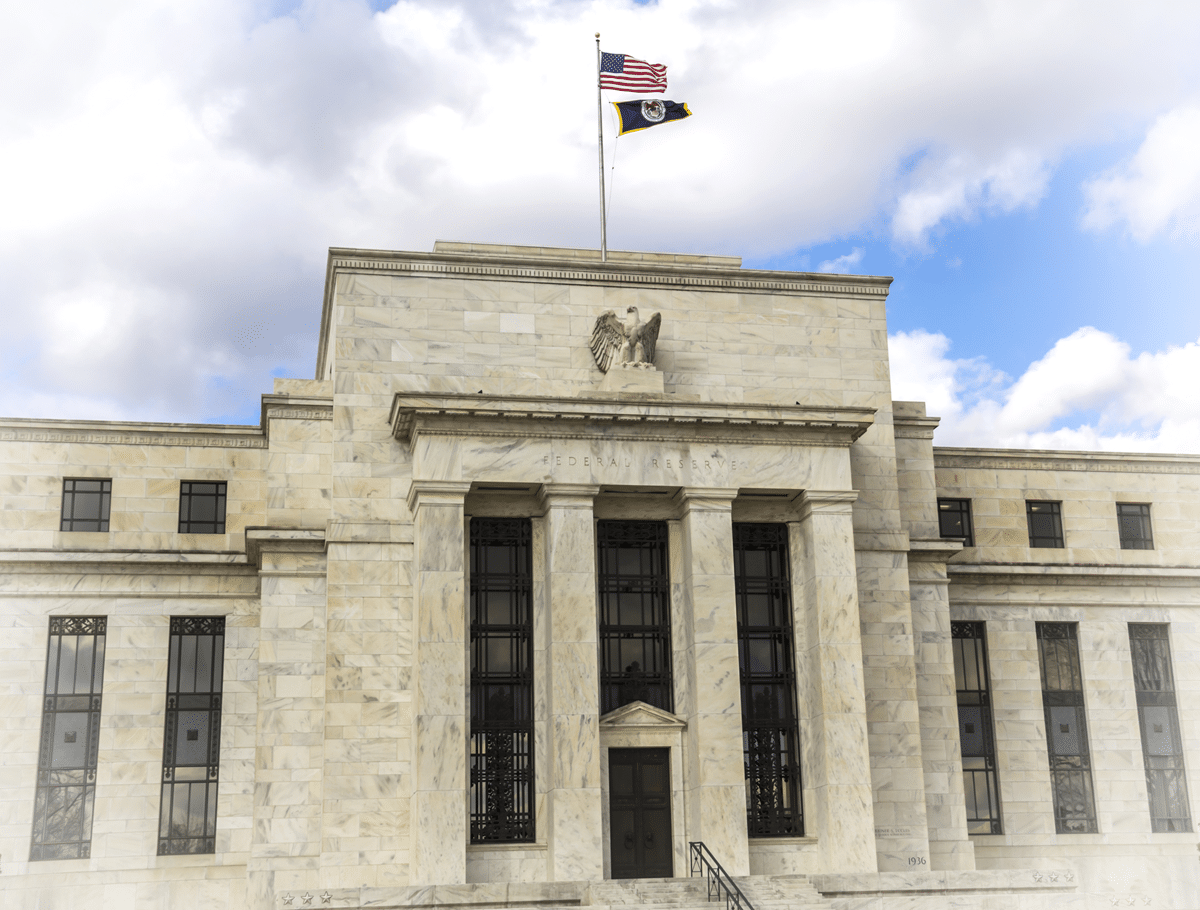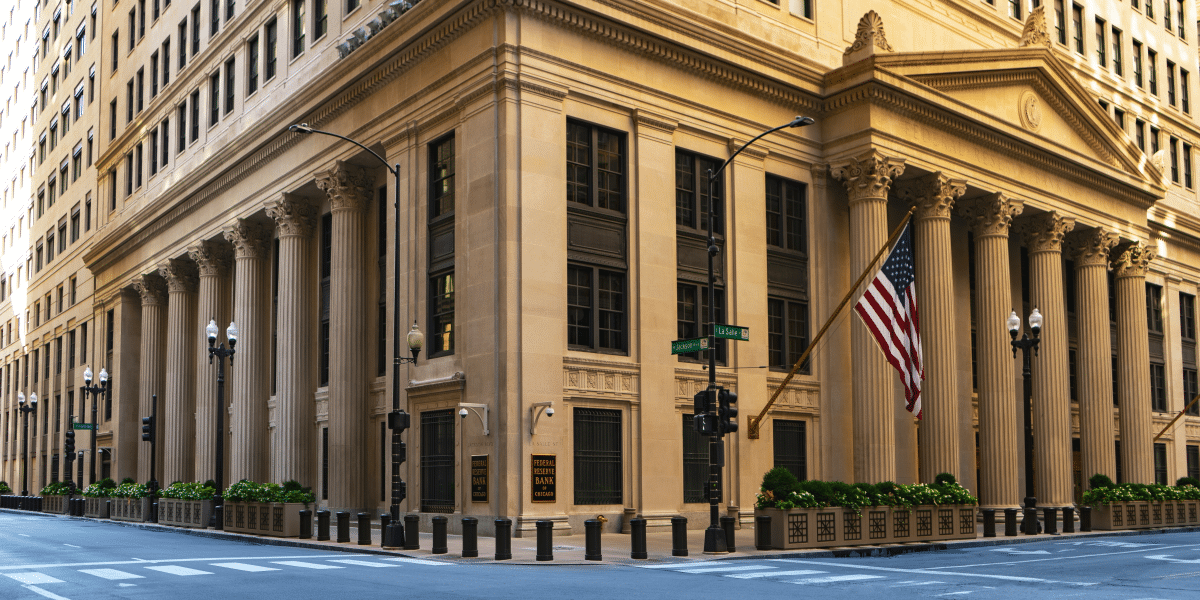Navigating the Current Market: What Spikes in Inflation Mean for your Stock Portfolio
Inflation in the US has become one of the most popular topics in headlines during the past few months, with many articles focused on why it is spiking and what can be done to bring it under control. The big question for investors, however, has been what to expect from the market as spikes in inflation continue to affect the economy.
“The general impact of inflation on the market is insidious,” explains Josh Answers. “It’s gradual and subtle at the same time, which is why gauging its real impact on the market can feel elusive.”
Josh is a financial streaming pioneer and 15-year stock market veteran who hosts the YouTube channel The Trading Fraternity as well as The Stock Market Live, where he streams live content seven hours a day covering the stock market and finance markets.
“The cold fact of the matter is that nobody really knows how the market is going to respond,” Josh says. “This is why a lot of people — myself included — flip back through history books to see what happened the last time anything like this occurred. Looking back at the track record of the 1970s, you find a lot of features that are similar to today. I would say the 70s provide us with a perspective to help navigate through this inflationary period.”
As Josh explains, inflation in the US in the late 1970s rose from 2.7 percent to 12.3 percent in less than 24 months. It then declined slightly for a year before jumping back up to 14.7 percent. During that cycle, which took almost a full decade to complete, inflation rates experienced numerous spikes and drops.
“Inflation doesn’t just surge up overnight,” Josh explains. “The spikes that we see are essentially the process through which inflation builds up or sheds down. Spikes in inflation in the 1970s pretty much came in two year blocks, and that seems to be the same trajectory we are on today.”
In April of 2021, The White House announced that inflation, which it identified as a possible effect of the COVID-19 pandemic, was a risk that it was “monitoring closely.” As inflation rose throughout the summer of 2021, the US Federal Reserve labeled it transitory, believing that the factors causing the increase would correct themselves. By January 2022, however, inflation in the US had hit a 40-year high and was continuing to climb. In recent months, experts have proclaimed that protracted, not transitory, is the correct terminology for describing this period of inflation.
“It’s hard to anticipate anything in this environment, but it is certain that volatility will plague us until we gain more certainty on where the economy and policy are going,” Josh says. “With that in mind, you shouldn’t be afraid of volatility, but you should be prepared.”
One approach that experts advise in the current market is maintaining a balanced portfolio and keeping a keen eye on cash balances. Although buying is not something that investors should fear during times of inflation, they should avoid positioning themselves too heavily in any one sector.
“At the later end of the inflationary cycles — the final spike — stocks tend to outperform, so there is nothing wrong with holding on to some growth stocks,” Josh explains. “Still, in an inflationary environment, dividend stocks are some of the best hedges as they provide stable income that usually increases on a yearly basis. The dividend yields can compound and help pad the stats if the volatility lasts longer than expected.”
Another lesson to learn from the inflation in the 1970s is that inflationary spikes do not last forever. Navigating the current market may be like sailing through a storm, but the storm will eventually pass.
“Any investor can outlast any storm with enough time and money,” Josh says. “There may be some economic pain with the market paying the price, but history tells us they always climb back. I preach the long-term portfolio and waiting it out. In some cases, investors are better off smashing their computer after buying a stock and not looking at its performance for years. If you are on the younger side, and have time on your side, a long-term approach and focus is the way to go.”







